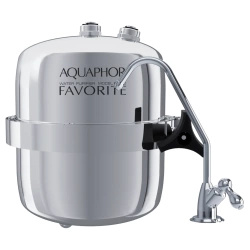Organoleptic water testing

Poland’s water drinking standard employs our senses as an organoleptic method of water quality assessment. This method can be used by almost anyone. Water is evaluated based on three senses: sight, smell and taste.
By looking at the water we can determine its turbidity and impurities that are visible to the naked eye. Our sense of smell is used to assess the odor of water (whether it is unpleasant or distinctive). Finally, our sense of taste is used to assess its flavor. For thousands of years the quality of water has been evaluated this way. It exposed drinkers to risks from bacteria and other microorganisms invisible to the naked eye. In the modern world, the organoleptic method is even more ineffective as thousands of invisible (and undetectable to the senses) harmful chemical compounds, both organic and inorganic, enter the water on a previously unknown scale.
2.5K chemical compounds
Where do they come from? They are primarily ingredients used at every stage of food production, from pesticides and artificial fertilizers to preservatives and food additives. They also include any compounds created as a result of industrial operations that are poured into rivers. In particular, synthetic chemicals can be pathogenic and even carcinogenic. There are over 2,500 chemical compounds that dissolve easily and completely in water (like salt and sugar). Only 3% of them (and in high enough concentration) can be sensed by our senses! The rest is organoleptically undetectable. So water can taste good and at the same time be harmful.
Conclusion
The only water that can be consumed is water that has passed a quality control within the water supply network, i.e. our tap water. The second step involves using a suitable home filter, which removes chemical compounds – working on the principle of reverse osmosis. Only such treated water is ready for safe consumption. Read more about reverse osmosis in our other articles.

